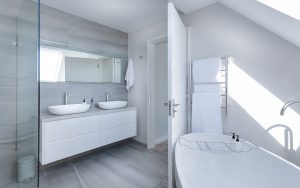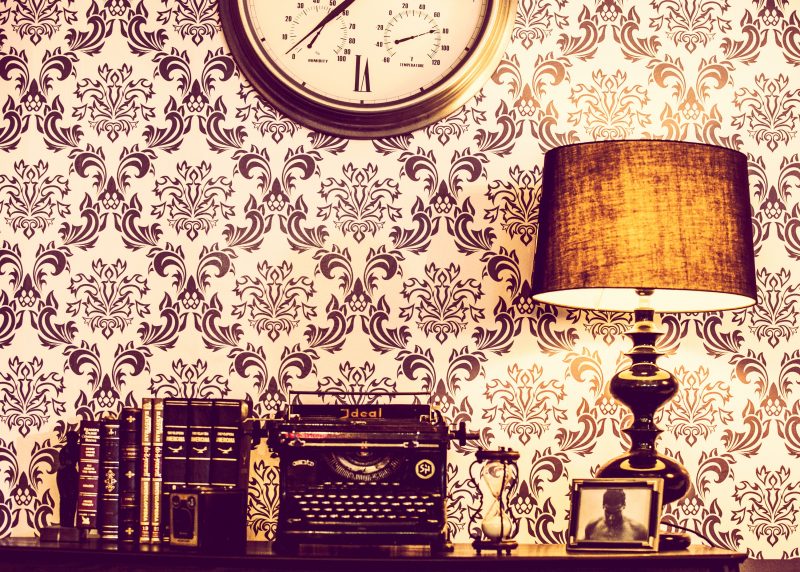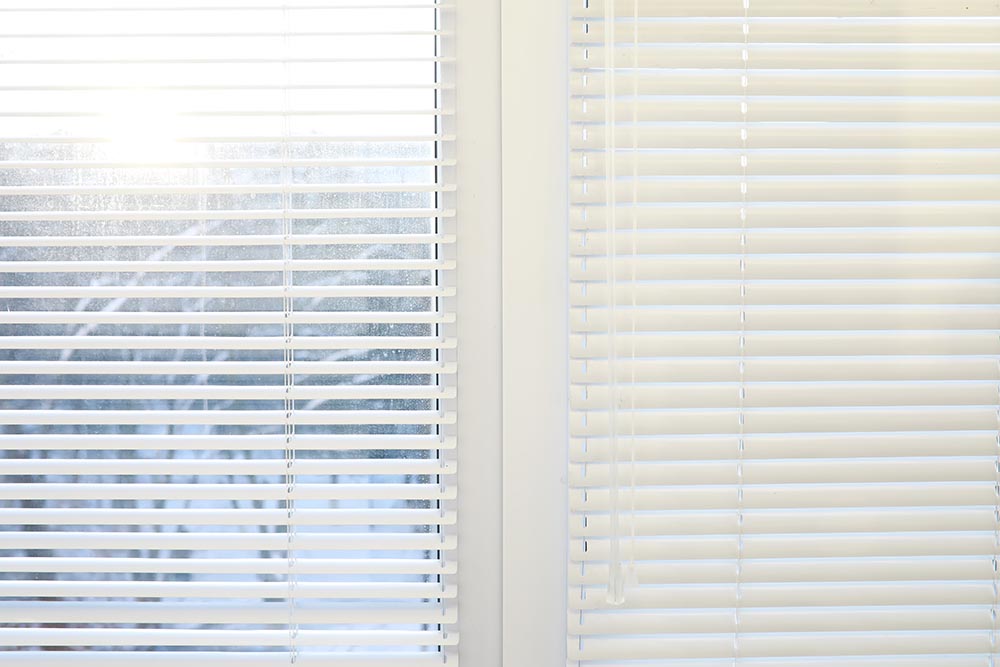Minimalism as a concept has been around for quite a long time, but it really jumped to presidence in the 1960’s and became an art form with a strong following. Today, minimalism is present in most walks of life as almost any design concept can have a minimalist variation should it be desired. One of the most popular places to find a minimalist design philosophy being implemented is in interior design, as it is the perfect way to combat our frequently cluttered and over-busy lives. If you are looking to achieve this within your home, then there are a few guiding principles that you should try and adhere to.
 Keep it simple
Keep it simple
Simplicity really is the key when you are aiming for minimalism. Having a room populated by items that serve a distinct function rather than being purely decorative, or worse just clutter, will help guide you down the right path. Choosing items that complement each other and constitute simple geometry comprising of solid, clean lines and look like they belong together will really emphasise your design.
Embrace neutrality
Picking sides can cause a lot of problems in conflict, and if you are choosing bold colours then this is definitely going to conflict with your desire for minimalism. Choose a neutral base colour, a light and airy colour, often a shade of white is a fantastic choice around which you can base the colour scheme of the items of furniture and upholstery. This gives the room a wonderful feeling of openness and space whilst keeping a distinct trend of colouring that will work beautifully in a minimalist design.
 Build a balance
Build a balance
One of the easiest mistakes to make in creating a minimalist look is to forget to actually balance the room. The desire for simple geometry in the items within the room will allow you to easily find a complementary piece to oppose each of them and attempt to form a symmetrical look in the room. Companies are always producing pieces of furniture that embrace this ideal, as such you should be able to find a new range of furniture by Circle Design, and plenty of other manufacturers, that will provide you with the shapes you need to balance your space on a fairly regular basis.
Minimalist doesn’t need to mean barren
The point of minimalism is to allow the space to breathe and speak for itself whilst remaining functional. This does not mean that it needs to be a white room containing a single chair and nothing more. There are many fantastic art pieces that can decorate the walls and help emphasise the sense of balance whilst promoting the colour scheme you have established to allow the room to feel more lived in as well as minimal. You need to remember that seeking to design a functional living space using a minimalist philosophy may mean keeping the design clean, but you are designing a living space at the end of the day. The core function of that space is to be lived in, and no one is going to want to live in an empty white room, so don’t feel completely restricted when it comes to this. Embrace decorative pieces so long as there is a controlled amount that works with the colour scheme and the balance of the room.

















